How Much Does It Cost to Ship a Cargo Container?

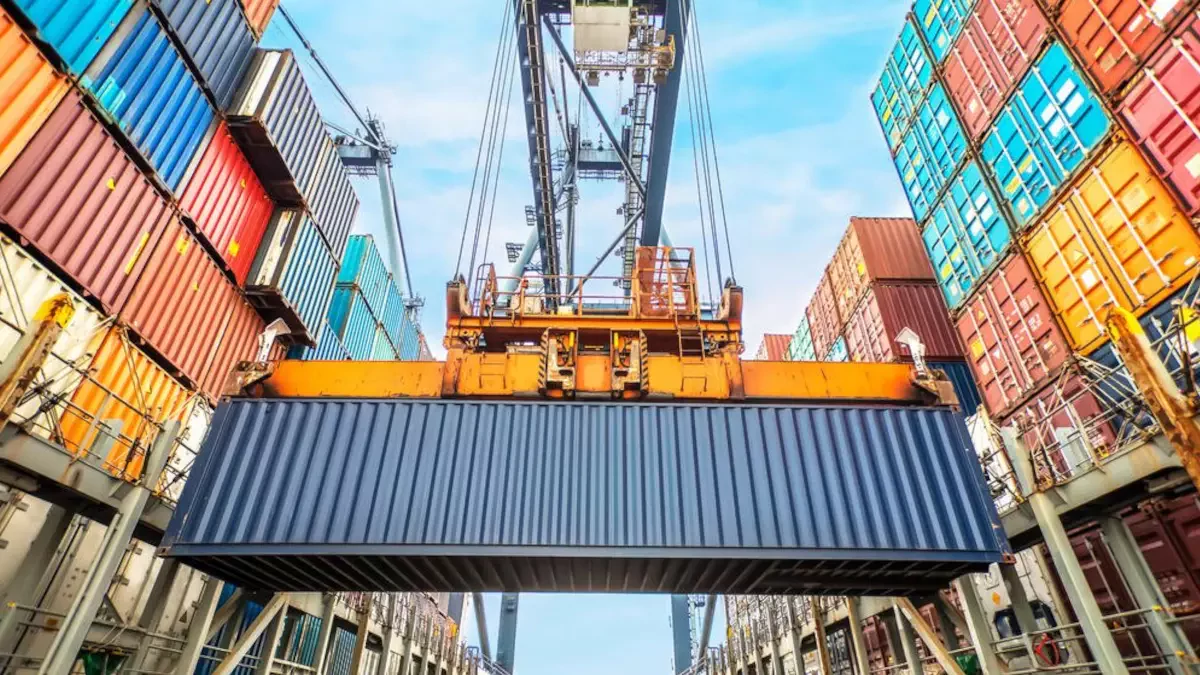
Complete Guide to Cargo Container Shipping Costs
Shipping a cargo container involves various factors that influence the total cost. Whether you are moving household goods, shipping a full container load, or managing an international move, understanding the cost structure is essential. From the size of the container to the shipping route and additional costs, each element plays a crucial role in determining the price range.
As global trade continues to grow, the shipping industry offers different container types and services tailored to specific shipping requirements. By considering key factors such as market conditions, customs clearance, and shipping method, you can make informed decisions to save money and ensure a smooth shipping experience.
What Influences the Cost of Shipping Cargo Containers?
The cost of shipping cargo containers is influenced by numerous factors, all of which play a significant role in determining the final cost of your shipment. By understanding these variables, you can better plan your shipping budget and avoid unexpected expenses. Factors such as the size of the container, shipping route, market conditions, and additional costs contribute to the overall pricing structure.
Whether you’re shipping to or from the United States or other parts of the world, knowing these cost determinants can help you make smarter financial choices. Additionally, the type of container and the shipping method you select will significantly impact your total cost. Here, we’ll break down the primary elements that influence container shipping prices.
Key Factors That Determine Shipping Prices
Size of the container: The size of the container is one of the most significant factors affecting shipping expenses. A 20-foot container is typically used for smaller shipments, such as household goods or short-distance moves, while a 40-foot container is preferred for larger shipments or a full container load. The cubic meters available in each container size directly influence the freight costs. While smaller containers cost less upfront, they may not be the most efficient choice for bulk shipments.
Type of container: The type of container you choose will also impact the price. Standard containers are the most economical choice, while specialized options like high cube containers, open-top containers, or flat rack containers are more expensive due to their unique capabilities. Refrigerated containers are essential for perishable goods but come with higher costs due to the additional energy and maintenance required.
Shipping route: The shipping route you select can also greatly influence the price. For example, shipping from major ports such as Los Angeles or Long Beach to other destination ports may cost less due to higher competition and availability. However, long-distance or less common shipping routes could result in higher costs. Routes involving multiple stops or transshipments may also increase the total cost.
Market conditions: External factors such as fuel prices, weather conditions, and high demand during peak shipping seasons significantly affect container shipping prices. Market conditions are often unpredictable, which means prices can fluctuate based on global economic trends and other factors impacting the shipping industry.
Additional costs: Shipping cargo containers involves more than just the base rate. Additional costs such as customs duties, delivery fees to the final destination, and insurance costs for high-value cargo-worthy containers can add up. To avoid surprises, it’s essential to calculate these extra costs in advance.
Shipping method: The mode of transportation you choose will also influence the overall cost. Sea freight is generally more cost-effective for long-distance moves and larger shipments, while air freight is faster but significantly more expensive. Land freight is often used for short-distance moves or as part of a multimodal shipping process.
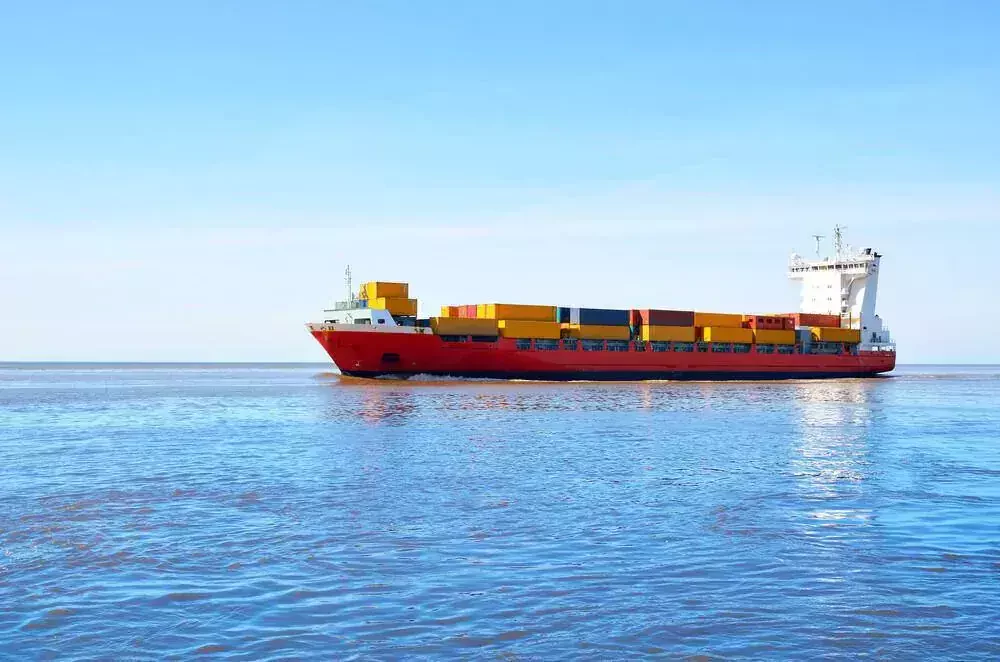
Comparing Costs of Different Container Sizes
The size of the container you choose can make a significant difference in your shipping expenses. Containers come in various sizes to accommodate different shipping requirements, from smaller shipments to larger, more complex loads. Understanding the benefits and limitations of each container size can help you make an informed decision about the right container for your needs.
20-Foot vs. 40-Foot Containers
The 20-foot container is often used for smaller shipments, such as household goods or short-distance moves. It is an excellent option for transporting items that don’t require much space, and its compact size makes it easier to handle and transport. With a capacity of about 33 cubic meters, it is ideal for those looking to ship personal belongings or smaller loads.
On the other hand, the 40-foot container is the preferred choice for larger shipments or when a full container load is required. With nearly double the capacity of a 20-foot container, it can hold approximately 67 cubic meters of cargo. This makes it a better choice for businesses or individuals shipping bulk goods or moving internationally. While the upfront cost is higher, the cost per cubic meter is often lower for a 40-foot container, making it more cost-effective for larger shipments.
Specialized Containers and Their Prices
Specialized containers are designed for unique shipping needs and come at higher costs due to their specific functionalities. Refrigerated containers are essential for transporting perishable goods like food or pharmaceuticals. These containers are equipped with cooling systems to maintain a specific temperature, but they require additional energy, resulting in higher shipping expenses.
Open-top containers are ideal for oversized cargo that cannot fit in standard containers. These containers allow for top-loading and are often used for heavy machinery or construction materials. Similarly, flat rack containers are used for irregularly shaped items that cannot be accommodated in enclosed containers. While these options provide flexibility, they also come with higher costs due to their specialized designs.
Another cost consideration is whether to use new containers or used containers. New containers are in pristine condition and ideal for those looking to minimize wear and tear during transport. However, used containers can offer cost savings and are often sufficient for many shipping needs. It’s essential to assess your specific requirements to determine whether a new container is worth the additional cost.
Breaking Down Additional Costs in Container Shipping
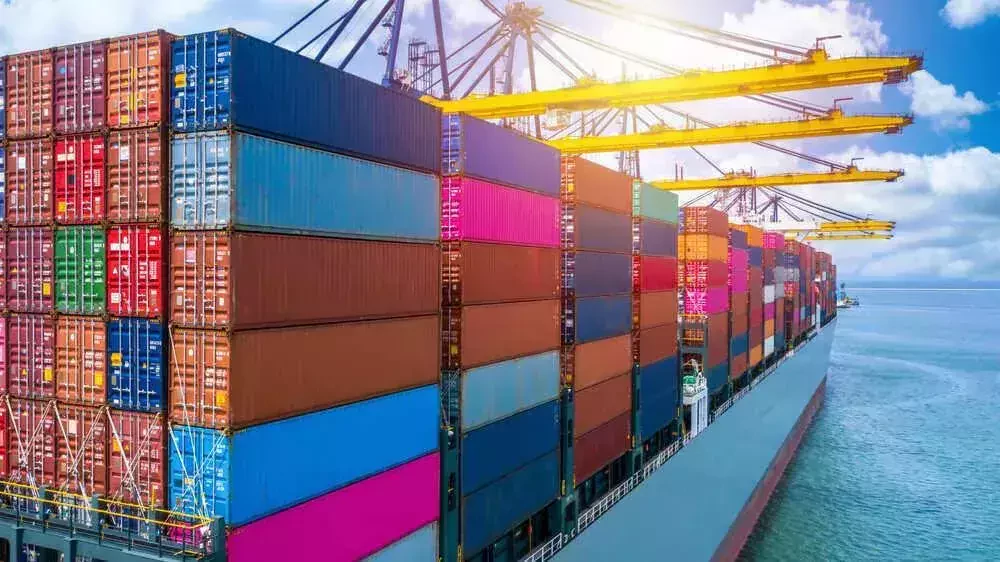
When calculating the total cost of shipping a cargo container, it’s crucial to account for additional costs that go beyond the base freight rate. These extra expenses can vary depending on the shipping route, type of goods, and destination ports. Understanding these costs upfront will help you avoid unexpected charges and better estimate your shipping expenses.
Understanding Extra Fees
Customs clearance and customs duties: Customs clearance is a mandatory step when shipping cargo containers internationally. You’ll need to pay customs duties, which are tariffs imposed on goods being imported or exported to different countries. The amount varies based on the type of goods, their value, and the regulations of the destination country. Proper documentation, such as a packing list and bill of lading, is required to ensure smooth customs processing and avoid delays or penalties.
Delivery charges to the final destination: Once your container arrives at the destination port, delivery charges to transport it to the final destination must be factored in. These delivery fees can vary depending on the distance between the port and your location, as well as whether you choose door-to-door services or arrange transportation independently. Long-distance deliveries will naturally incur higher costs.
Insurance costs for high-value or cargo-worthy containers: To protect your shipment from potential damage or loss, cargo insurance is highly recommended. Insurance costs depend on the value of the goods being shipped, the container type, and the shipping route. While it’s an additional expense, insurance can save money in the long run by covering any unexpected losses during transit.
Additional services: Services such as fast delivery, specialized handling, or assistance with complex shipping requirements may also add to the overall cost. If you’re shipping fragile or valuable items, additional services like expert packing or custom crating can ensure your goods arrive safely. Spot rates for expedited shipping are another example of optional costs that can significantly increase your total.
International container shipping rates and spot rates: Freight costs can fluctuate based on market conditions, including fuel prices and high demand during peak seasons. Shipping lines often offer spot rates, which are short-term pricing agreements based on current market trends. While these rates can provide cost savings during periods of low demand, they may result in higher costs during peak times.
How Wear and Tear Affects Costs
Shipping cargo containers over long distances or through challenging conditions can lead to wear and tear, which may increase your costs. Long-distance moves are typically more expensive due to the extended time your container spends in transit and the additional fuel required. For example, shipping a container overseas from the US West Coast to Asia will cost more than a short-distance shipment within North America.
Weather conditions also play a role in shipping expenses. Harsh weather, such as storms or high winds, can disrupt shipping schedules and lead to delays or higher costs for rerouting. Additionally, extreme conditions can cause damage to cargo-worthy containers, increasing the need for repairs or replacements.
For long-term container usage, higher costs may be incurred due to general wear and tear. This is especially true if you’re using used containers, which may already show signs of aging. Regular maintenance and inspections are essential to ensure your container remains in good condition and avoids costly repairs or replacements.

How Freight Forwarders and Shipping Lines Help Save Money
Partnering with the right freight forwarders and shipping lines can help you save money and simplify the process of shipping cargo containers. These logistics services providers act as intermediaries, ensuring that your shipment meets all shipping requirements while minimizing costs. By leveraging their expertise, you can make informed decisions and secure the best deal for your shipping needs.
Choosing the Right Freight Services
Freight forwarders for efficient logistics services: Freight forwarders specialize in managing the complexities of international shipping. They handle tasks such as customs clearance, documentation, and coordinating with shipping lines, allowing you to focus on other aspects of your move. Their extensive network and industry knowledge can help you secure competitive international container shipping rates and avoid unnecessary additional fees.
Shipping lines with customer support and spot rates: Choosing reliable shipping lines that offer excellent customer support can make a big difference in your shipping experience. Many shipping lines provide real-time tracking and updates, ensuring you stay informed about your container’s progress. Additionally, they often offer spot rates that can help you save money during periods of low demand. Comparing the services and rates offered by different shipping lines is essential to finding the right fit for your needs.
Real-time cost calculators for informed decisions: Many freight forwarders and shipping lines provide online cost calculators that allow you to estimate your shipping expenses based on various factors. These tools consider elements such as the size of the container, shipping route, and additional services, giving you a clear picture of your final cost. Using these calculators can help you plan your budget and make informed choices about your shipping options.
Finding the Best Deal on Container Shipping
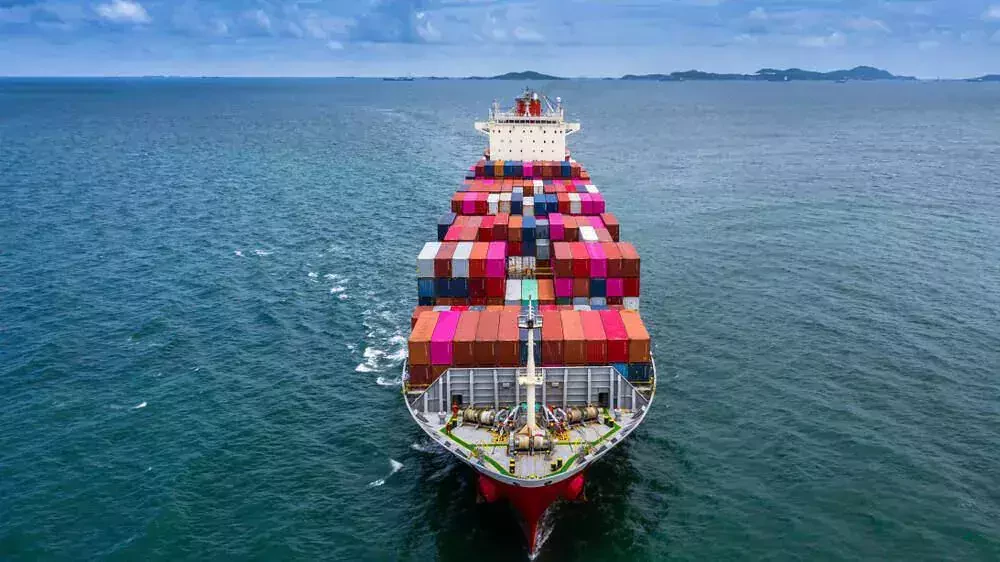
Comparing price ranges for different container types: To find the best deal on container shipping, it’s important to compare price ranges for various container types. Standard shipping containers are generally the most affordable, while specialized options like high cube containers, refrigerated containers, or flat rack containers come with higher costs. Understanding the specific requirements of your shipment will help you choose the right container at the best price.
Tips to save money on transportation and shipping expenses: One effective way to save money is by consolidating smaller shipments into a full container load whenever possible. This eliminates the need for less than container load (LCL) shipments, which can be more expensive due to shared space and additional handling. Another tip is to book your shipment well in advance to take advantage of lower rates and avoid higher costs during peak seasons.
Exploring cost savings for smaller shipments: If your shipment is too small to fill an entire container, consider sharing a container with other shipments through LCL services. While this option involves additional handling, it can be a cost-effective solution for smaller loads. Additionally, opting for used containers instead of new ones can result in significant savings without compromising the safety of your shipment.
Planning Your Overseas Shipping with Confidence
Shipping a container overseas can seem like a daunting process, but with proper planning and the right resources, it becomes much more manageable. Whether you are moving household goods, transporting cargo for business, or even shipping materials for a container home, understanding your shipping requirements is key to a smooth experience. By leveraging tools like cost calculators and seeking expert advice, you can ensure your shipment meets all necessary criteria while staying within budget.
One of the first steps in planning your shipment is obtaining an instant quote. This allows you to compare international container shipping rates from different providers, helping you find the best deal for your needs. Additionally, working with experienced freight forwarders and shipping lines can simplify the process by managing logistics, providing customer support, and addressing additional services like customs clearance or delivery to the final destination.
Another important consideration is selecting the right container for your specific needs. For smaller shipments, a 20-foot container might be sufficient, while larger loads or a full container load may require a 40-foot container. If your cargo includes perishable goods or oversized items, specialized containers such as refrigerated containers, open-top containers, or flat rack containers might be necessary. Understanding the type of goods you are shipping and the container type required can help you avoid unnecessary higher costs and delays.
Finally, be proactive in identifying potential challenges such as customs duties, weather conditions, and delivery fees. These additional costs can add up quickly, so it’s essential to factor them into your overall budget. By staying informed and carefully planning each aspect of your shipment, you can achieve cost savings while ensuring your cargo reaches its final destination securely and efficiently.
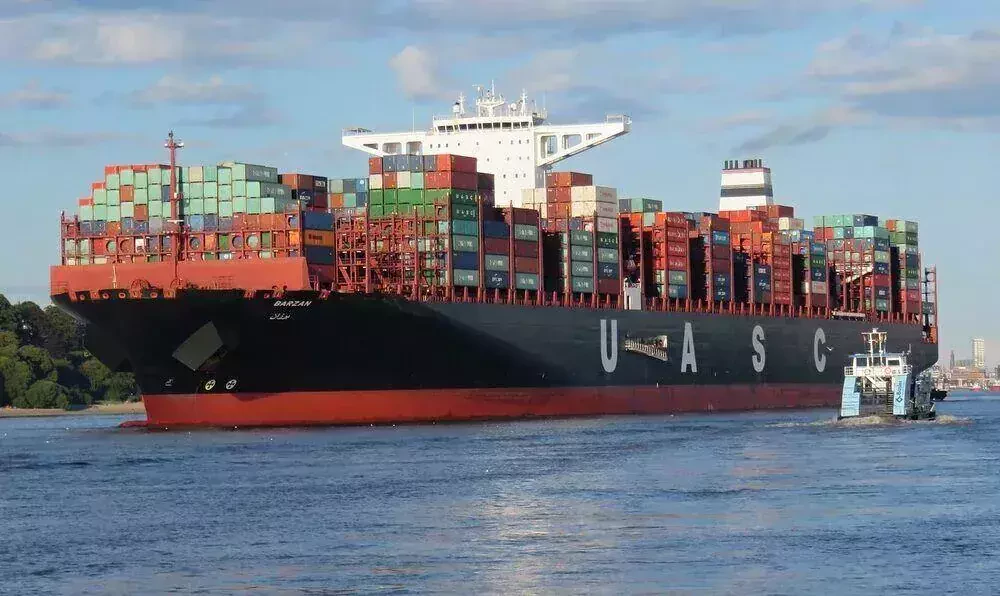


 Share on Facebook
Share on Facebook Share on LinkedIn
Share on LinkedIn Share on Twitter
Share on Twitter Google
Google  Instagram
Instagram 



